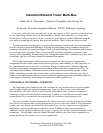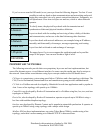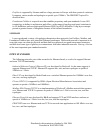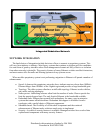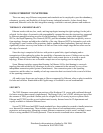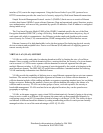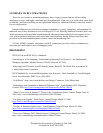Industrial Network Track: Multi-Bus
Author Jim W. Hammond – Technical Consultant, GarrettCom, Inc.
Keywords: Network integration, Ethernet, TCP/IP, field buses, topology
Last time I checked it was reasonably easy to get a bus transfer in NYC, but don’t expect that level
of ease when doing transfers from one industrial bus to another. More than likely you’ll get more
attitude than a rush hour bus driver. What you need is a good map to avoid the roadblocks along the
way, and a clear and logical itinerary that avoids the potholes. That is where this paper can help.
The interconnection and integration of existing heterogeneous sub-networks into a homogeneous
network has always presented challenges. Evolving and converging protocol standards along with
emerging multi-protocol components suggest that a clear understanding of the problems and solutions
has never been more important. These concerns include reliability, redundancy, robustness, and
security. Most importantly, the multi-bus points of integration should be as seamless as possible, and a
consistently high level of security should be maintained throughout.
Where legacy equipment is still performing as required, an efficient way to integrate these
components into the overall scheme while preserving security and reliability is vitally important. As
new equipment and processes evolve, a consistent strategy of deployment of Ethernet-supported
interfaces insures proper integration with a minimum of downtime and re-engineering delays. The
wide range and availability of Ethernet solutions and its support from standards groups, vendors,
OEMs, and industry provides the assurance that it will continue to evolve. From the early days of
10Mb coaxial cable products Ethernet has moved into the gigabit range and beyond. Bandwidth and
media support outstrip any other transmission and access control protocol set.
INDUSTRIAL NETWORKS AND BUSES
The range and types of industrial networks and buses are very broad as many evolved to handle
specific types of industries and related applications. Some lay claim to more universality and
interoperability. The focus will be on these network architectures since a prime pre-requisite for
choosing a common network platform must include its ability to work with other networks and be
standards-based. For convenience, the term network will be used to mean network or bus.
There are a number of ways to characterize the various networks, none that provide clear dividing
lines, but for our purposes they will be grouped into proprietary and open standard. Even proprietary
systems may provide gateway solutions for interconnectivity, but they require more configuration,
modification, and testing than an open standard system. In addition, some networks attempt to
standardize on the application and message syntax, or upper layers in Open System Interconnect (OSI)
terminology. To keep things relatively simple, this paper addresses the lower layers responsible for
getting the data to a destination device, user, or application.
Distributed with permission of author by ISA 2006
Presented at ISA EXPO 2006




